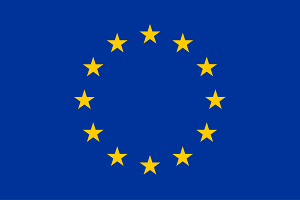
Friction Optimization of seals through advanced laser surface texturing of moulds
Objectives
- Advanced modelling software for the identification of surface texture patterns
- Software for the design of mould tools
- Novel automated laser system
- Best practice for moulding and de-moulding
- Inline optical inspection for surface texture pattern quality control
General information
- Financial Framework: Horizon 2020
- Overall Budget: 5’133’871 €
- Period: 01/11/2017 - 30/04/2021
- Fields: Technologies for Factories of the Future
- Website: www.mouldtex-project.eu
Polymeric seals are essential components in almost every industrial and mechanical process enabling the effective containment and movement of liquids and gases under extremes of environment. Friction is intrinsically related to seal performance. High friction accelerates wear of the seal leading to leakage and/or premature failure, and increases the energy consumption of industrial processes.
Surface (micro-) texturing is a proven technique for reducing friction across lubricated rigid materials such as metal and ceramic materials. Within recent years this technique has been applied and demonstrated for polymeric and elastomeric materials at laboratory level.
The project will develop and demonstrate a novel methodology for the design and high volume manufacture of surface textured polymeric components tailored to the (friction) environment within which the component operates, achieving a friction reduction of >20% at a cost premium of <10%.
The novel methodology combines:
- advanced modelling software for the identification of surface texture patterns that lead to significant friction reduction for target rubber and plastic seals and applications
- software for the design of mould tools that enable the reliable transfer of texture patterns onto the seal surface
- novel automated laser system for the application of hierarchical laser induced micro- texture patterns to the mould tool surface
- best practice for moulding and de-moulding using surface textured moulds
- inline optical inspection for surface texture pattern quality control
The project will establish three pilot lines for demonstration of:
- mould tool design and manufacture; and the design and manufacture of
- rotary seals for engine applications; and
- reciprocating seals for industrial processes

This project has received funding from the European Union’s Horizon 2020 research and innovation programme under grant agreement N° 768705. This publication reflects only the author’s views and the European Union is not liable for any use that may be made of the information contained therein.
